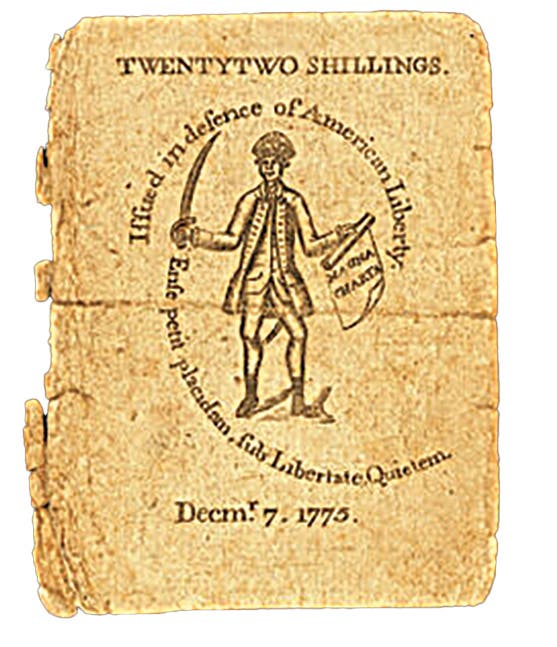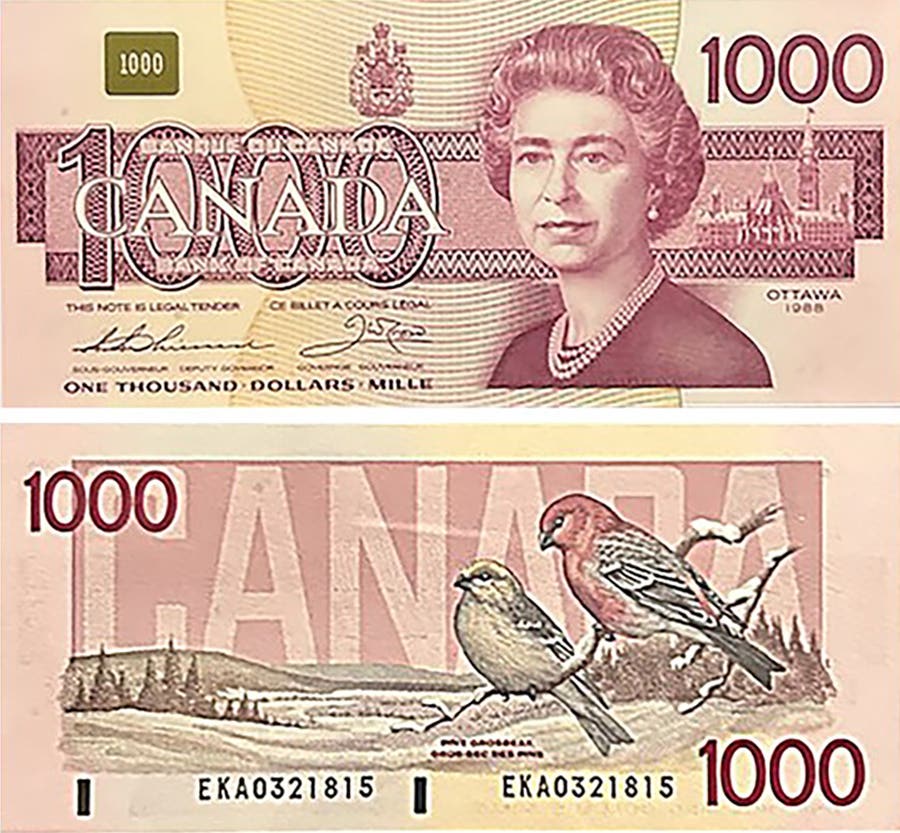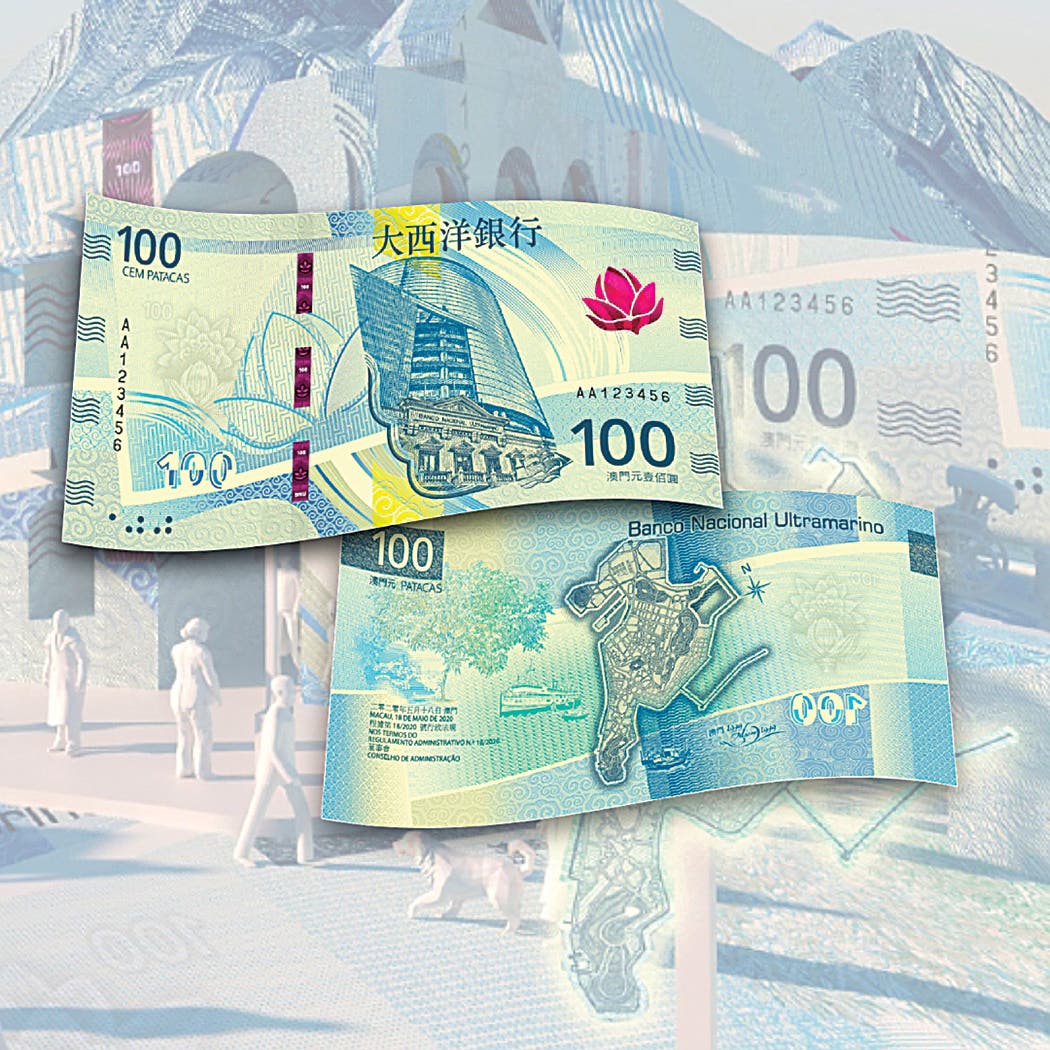Duplicated Serial on Haiti Pair
This spectacular pair of Haitian notes sport identical serial numbers. This type of occurrence is very rare and when it does happen usually it is not noticed as the notes…
This spectacular pair of Haitian notes sport identical serial numbers. This type of occurrence is very rare and when it does happen usually it is not noticed as the notes go by.
What is fabulous is that the full story of this discovery is known. Discovery stories are rarely documented, so it is exactly the type of tale I like to chronicle.
This pair was discovered by Elcie Assad. Her father Marcel Assad built and owned the Park Hotel at 23 Rue Capois in Port-au-Prince, the capital of Haiti. Port-au-Prince faces west toward a large bay that dominates the west coast of the island. The hotel is a highly recommended popular attraction in itself centrally located within Port-au-Prince.
Elcie managed the hotel so was in charge of the payroll for some 20 employees at the time. She would go to the central bank each month to obtain new packs of notes to make up the payroll. Her idea was that paying the employees with new currency made the event a bit more special and demonstrated that she valued them. The notes were denominated in 5, 25, 50 and 100 gourdes.
During one month in 1986, she finished with her allocation and realized she had an extra 5 gourdes note left over. This implied that the pay for one employee was short by that amount so she had to find the mistake. After a few unsuccessful attempts, she simply reassembled the pack of 5s to figure out what was going on.
It was then that she realized there were 101 notes in the pack so she organized the notes in serial number order and discovered the duplication. She saved a dozen of the notes with the duplicates at the core of the group.
Elcie’s son Patrice Salnave brought this pair of notes to my attention after reading about the duplicate run of $1 Series of 2013 FRN B* notes discussed in this column last year. That duplication involved 6,650,000 serials whereas this case is a rare one-off. This thoroughly delighted Elcie because she had been sitting on her curious find for 35 years knowing it was neat but not knowing just how great it was.
Their notes were printed by the American Bank Note Company. I don’t have precise information on how the duplication occurred, but surmise that ABNC was using numbering machines at the time that paused when a fault was detected by the machine. This enabled the operator to correct the problem and remove the defective sheet. In this case, he simply failed to remove the offending sheet and it slipped by. Obviously, the defect that caused the machine to pause was elsewhere on the sheet.
Typically, when numbering machines pause for defects, the machines are designed so that the numbering heads don’t increment. Consequently, when restarted, numbering will resume where it should in order to correctly number the replacement. The assumption is that the operator will have removed the defective sheet.
Also evident is that the ABNC numbering press collated the sheets in groups of 100 based on a serial number count prior to cutting and banding, not a mechanical count of the sheets actually present. Thus, in this case, all the packs from that group had 101 notes.
Only two cases of similarly duplicated serials have been reported in U.S. currency; specifically, $1 FRN 1969B B33930780C and $1 FRN 1981 L95837284C (Sullivan, 1997, p, 338).
These were numbered on COPE presses. The bookends for the 1969B occurrence were saved and bear ending numbers 779C and 782C. This sequence reveals that the first sheet hearing 780C was defective, but the operator pulled 781C by mistake. Thus, two 780Cs survived and the counts in the packs were correct at 100.
The problem with the first 780C sheet was somewhere else on the sheet.
Be aware that the sheets were numbered from the high to low serials so that the serials in the receiving tray increase downward in the stack. Consequently, 781C, which was accidentally pulled, already had been numbered. The machine paused at 780C so the numbering heads for that sheet didn’t increment, thus producing the duplicate when the machine was restarted.
The new LEAP numbering presses at the BEP work differently. They have scanners that read every sheet that goes by and compare them to a standard. When a misprint is detected, the machine pauses, the operator retrieves the offending sheet from the top of the output tray to determine what the problem is, manually inserts a star sheet in its place and resumes numbering. Thus, duplicated serials like the Haiti pair are no longer possible.
Sadly, Elcie won’t get to see this article. She recently succumbed to Covid.
Sources of Data
Sullivan, Stephen M. 1997, US error note encyclopedia: Capital Currency Inc, Melbourne, FL.








